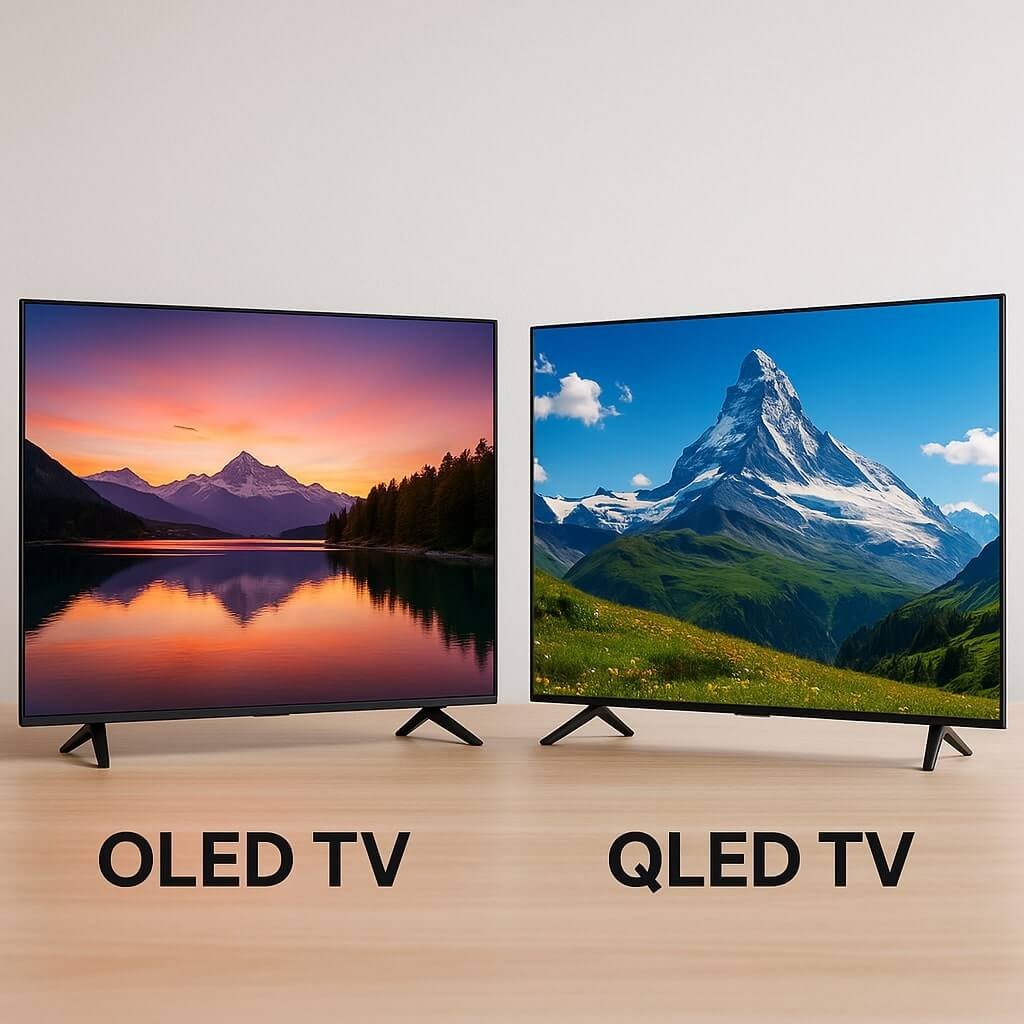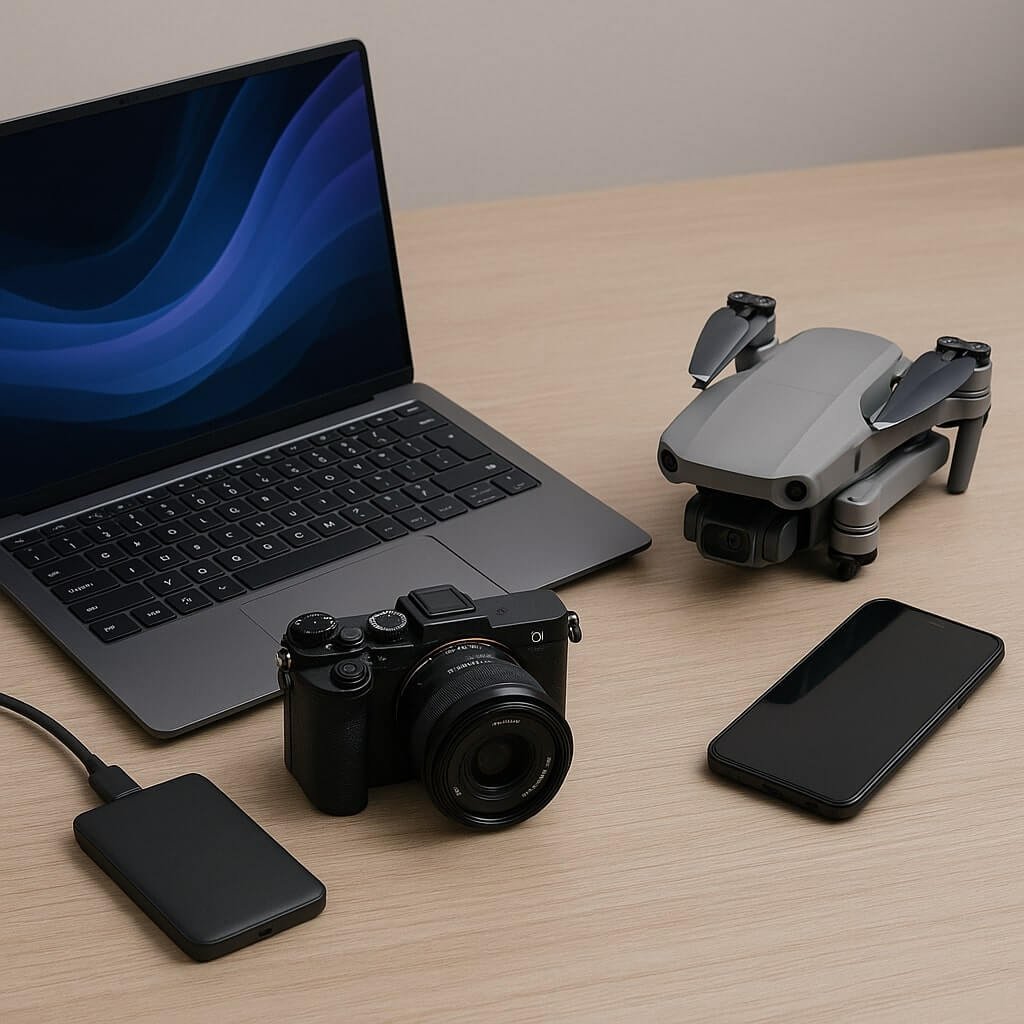When it comes to creative work—whether you’re a photographer, video editor, or graphic designer—colour accuracy is not a luxury; it’s a necessity. However, not everyone can afford a top-of-the-line MacBook Pro or a $3,000 workstation. The good news? You can now find colour-accurate laptops at budget-friendly prices, especially in 2025, as display technology continues to improve across the board.
In this guide, we’ll break down what to look for in a colour-accurate laptop, recommend top affordable models, and answer frequently asked questions to help you make the right purchase without breaking the bank.
What Does “Colour-Accurate” Mean in a Laptop?
Colour accuracy refers to a display’s ability to reproduce colours exactly as they are intended. This is especially important for professionals in fields like photography, film, animation, and print design. Colour-accurate laptops typically have:
- Wide colour gamut (e.g., 100% sRGB, AdobeRGB, or DCI-P3 coverage)
- Factory calibration
- Low Delta E values (indicating minimal deviation from true colour)
- IPS or OLED panels for consistent viewing angles
Key Factors to Consider Before Buying
1. Display Type and Colour Gamut
Look for laptops that advertise:
- 100% sRGB (minimum for web content)
- AdobeRGB or DCI-P3 (for print or cinematic work)
2. Display Calibration
Some laptops come with factory-calibrated displays, reducing the need for external tools. Others may need manual calibration with devices like the X-Rite i1Display.
3. Screen Brightness and Anti-Glare
Brightness of 300 nits or more is ideal for working in well-lit environments. Matte (anti-glare) displays also improve usability.
4. Processor and RAM
Creative software like Adobe Photoshop, Lightroom, and DaVinci Resolve requires:
- At least an Intel i5 / AMD Ryzen 5
- 8GB of RAM minimum (16GB recommended)
5. Graphics Support
Integrated GPUs are fine for photography. For video editing and 3D work, go for dedicated graphics (e.g., NVIDIA GTX/RTX or AMD Radeon).
Top Budget-Friendly Colour-Accurate Laptops (2025)
1. ASUS Vivobook Pro 15 OLED (2024/25 Edition)
- Display: 15.6” FHD OLED, 100% DCI-P3, Pantone Validated
- Specs: Ryzen 7 5800H, NVIDIA RTX 3050, 16GB RAM, 512GB SSD
- Price Range: $800–$950
- Why It Stands Out: Exceptional colour fidelity thanks to OLED, ideal for media professionals.
2. Acer Swift X 14
- Display: 14” IPS 100% sRGB, 300 nits brightness
- Specs: Intel i5-13500H, RTX 4050, 16GB RAM, 512GB SSD
- Price Range: $850–$1,000
- Best For: On-the-go editors who need a balance between portability and power.
3. HP Pavilion Plus 14
- Display: 14” 2.8K OLED, 100% DCI-P3
- Specs: Intel i7-1360P, Intel Iris Xe, 16GB RAM, 1TB SSD
- Price Range: $750–$900
- Ideal For: Students and creators looking for OLED at an affordable price point.
4. Dell Inspiron 16 Plus
- Display: 16” 3K display, 100% sRGB
- Specs: Intel i7-12700H, NVIDIA RTX 3060, 16GB RAM
- Price Range: $999–$1,100
- Use Case: Budget powerhouse with a focus on photo and video editing.
5. Lenovo IdeaPad 5 Pro
- Display: 16” 2.5K IPS, 100% sRGB, 350 nits
- Specs: AMD Ryzen 7 7735HS, Integrated Radeon graphics, 16GB RAM
- Price Range: $699–$850
- Highlight: Affordable, colour-accurate screen with solid performance for non-GPU-heavy work.
Frequently Asked Questions (FAQs)
What is the minimum colour gamut for professional work?
For most creative tasks, 100% sRGB is the baseline. If your work is print-based or requires cinematic grading, aim for AdobeRGB or DCI-P3 support.
Can a cheap laptop still be colour-accurate?
Yes, especially in 2025, where even mid-tier laptops now come with OLED or calibrated IPS panels. The key is to check the specs and look for factory calibration.
Are OLED laptops better than IPS for colour work?
OLED panels typically offer deeper blacks and wider gamuts, making them better for true-to-life visuals. However, they may suffer from burn-in over long-term use.
How can I test colour accuracy after purchase?
You can use tools like DisplayCAL with a colourimeter to test and calibrate your display. Check Delta E values—the lower, the better.
What’s the difference between sRGB, AdobeRGB, and DCI-P3?
sRGB: Best for web and general content
AdobeRGB: Ideal for print workflows
DCI-P3: Preferred in film and video editing
Can I upgrade a laptop to improve colour accuracy?
No, the display panel is non-upgradable. However, you can connect an external calibrated monitor for professional work.
Final Thoughts
You no longer need to spend a fortune to get a laptop with precise and professional-grade colour accuracy. The market is filled with budget-friendly laptops that offer wide colour gamut displays, OLED panels, and even factory calibration. As always, balance your needs—whether that’s portability, GPU performance, or screen size—and focus on specs that align with your workflow.
Whether you’re a student, a freelancer, or a professional just starting out, the laptops listed above represent the best colour-accurate laptops that don’t break the bank in 2025.






